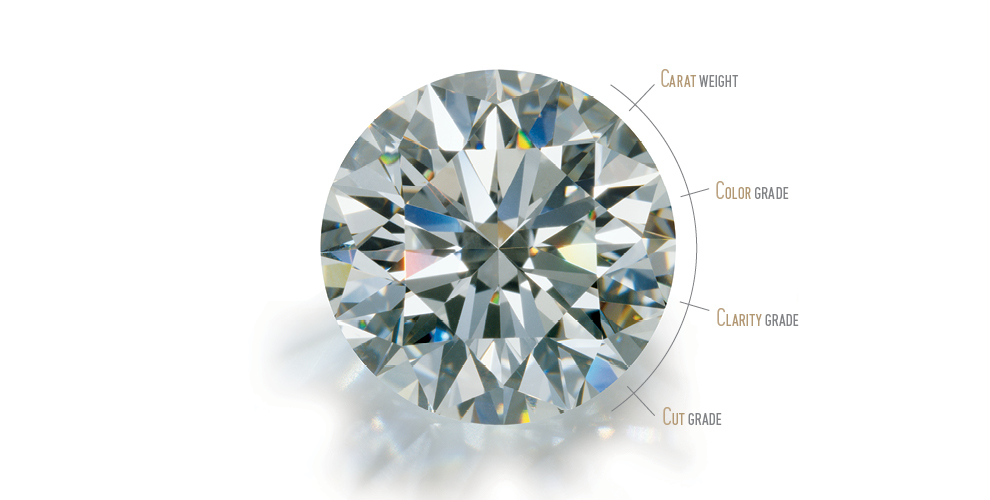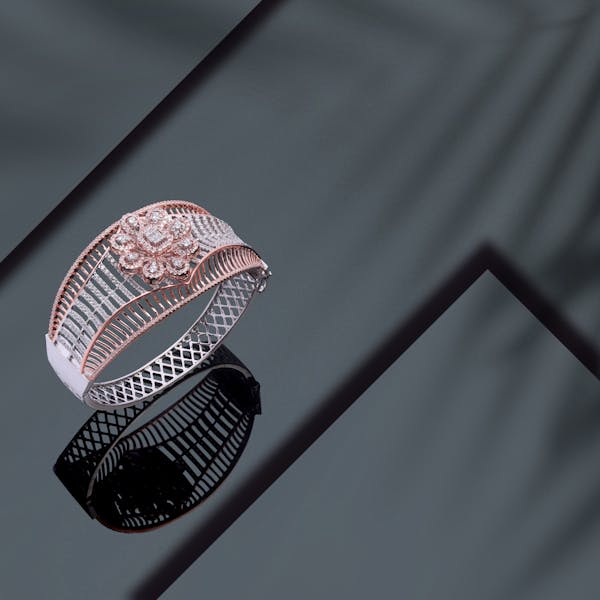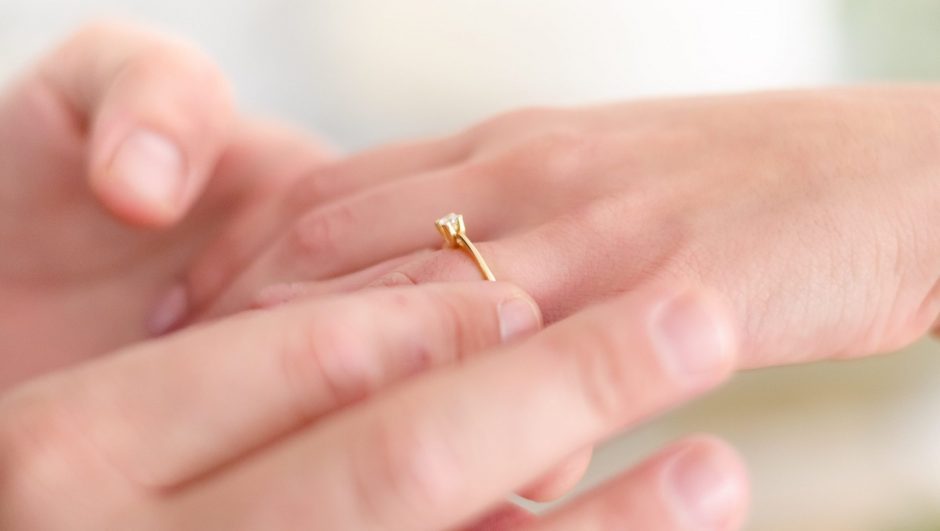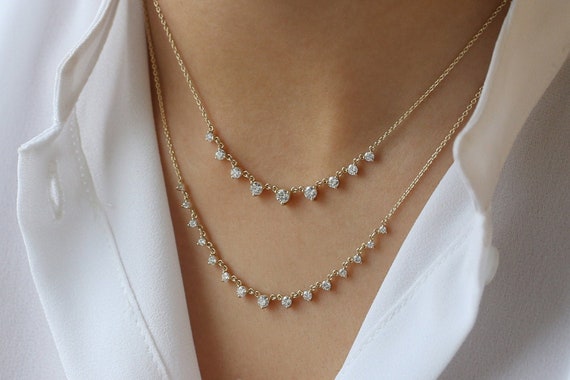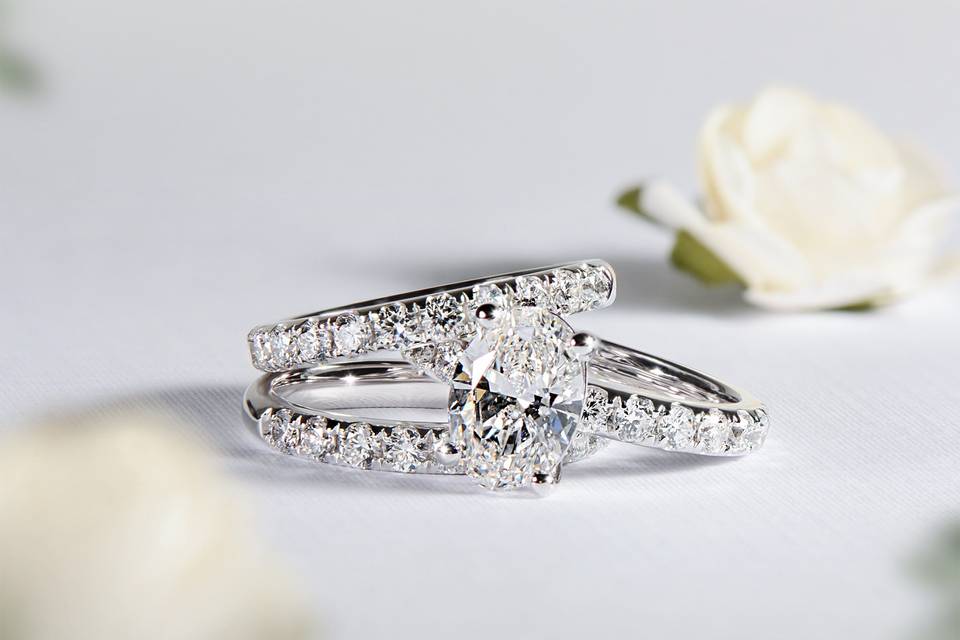When it comes to purchasing a Diamond 4C Chart, whether for an engagement ring, a piece of jewelry, or simply as an investment, the concept of the “4Cs” is foundational. Introduced by the Gemological Institute of America (GIA), the 4Cs refer to Carat, Cut, Clarity, and Color. These four factors determine a diamond’s quality and, consequently, its value. In this article, we’ll delve into each of these critical components to help you understand how the 4Cs impact a diamond’s appearance, quality, and price.
Carat
Carat refers to the weight of a Diamond 4C Chart. One carat is equivalent to 200 milligrams. Typically, the greater the carat weight, the larger the diamond. However, carat weight alone does not determine a diamond’s quality. Two diamonds with the same carat weight can have significantly different values based on their cut, clarity, and color. It’s also worth noting that larger diamonds are rarer and tend to be more valuable, but a smaller diamond with excellent cut, clarity, and color can be just as stunning.
Cut
Cut is often considered the most critical of the 4Cs because it has the most significant impact on a diamond’s brilliance and sparkle. The cut refers to how well the diamond’s facets are shaped and aligned to reflect light. A well-cut diamond will sparkle brightly, while a poorly cut diamond will appear dull.
Cut grades range from Excellent/Ideal to Poor, with several intermediate grades. The cut’s precision affects the diamond’s proportions, symmetry, and polish, which collectively determine how much light the diamond reflects. An “Ideal” or “Excellent” cut grade usually indicates that the diamond has optimal proportions for maximizing its brilliance.
Clarity
Clarity measures the presence of internal or external imperfections, known as inclusions and blemishes, respectively. Inclusions can include tiny crystals, feathers, or clouds, while blemishes are surface irregularities like scratches or pits. The GIA clarity scale ranges from Flawless (no inclusions or blemishes visible under 10x magnification) to Included (inclusions and/or blemishes that are visible to the naked eye).
In general, the fewer the inclusions and blemishes, the more valuable the diamond. However, some inclusions are so minor that they don’t affect the diamond’s appearance. It’s possible to find a diamond with a lower clarity grade that still looks beautiful because its inclusions are not visible to the naked eye.
Color
Color in diamonds is a measure of the presence of any hue, particularly yellow or brown, in an otherwise clear (white) diamond. The GIA color scale ranges from D (colorless) to Z (noticeable color). A truly colorless diamond (grades D-F) is rare and typically more valuable, while those with slight color (grades G-J) are more common and often represent a better value without compromising beauty.
It’s worth noting that some diamonds are intentionally colored, like fancy-colored diamonds, which can be pink, blue, green, or other hues. These diamonds have their own grading system and are valued differently from white diamonds.
Putting It All Together
When choosing a Diamond 4C Chart, it’s essential to consider all four Cs and determine which factors are most important to you. If size is your priority, you might focus on carat weight. If brilliance and sparkle are your main concerns, the cut will be critical. If you want a flawless appearance, clarity and color should be at the forefront of your decision-making.
Ultimately, the best diamond is the one that meets your personal preferences and budget. The 4Cs are tools to help you make an informed choice man made diamonds, but personal taste plays a significant role in selecting the perfect diamond. Understanding the 4Cs will help you evaluate diamonds objectively and make a purchase you’ll treasure for years to come.

